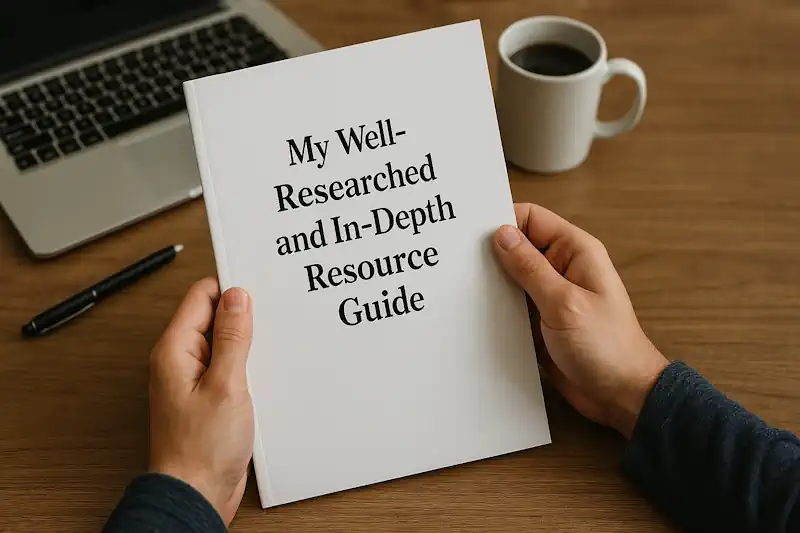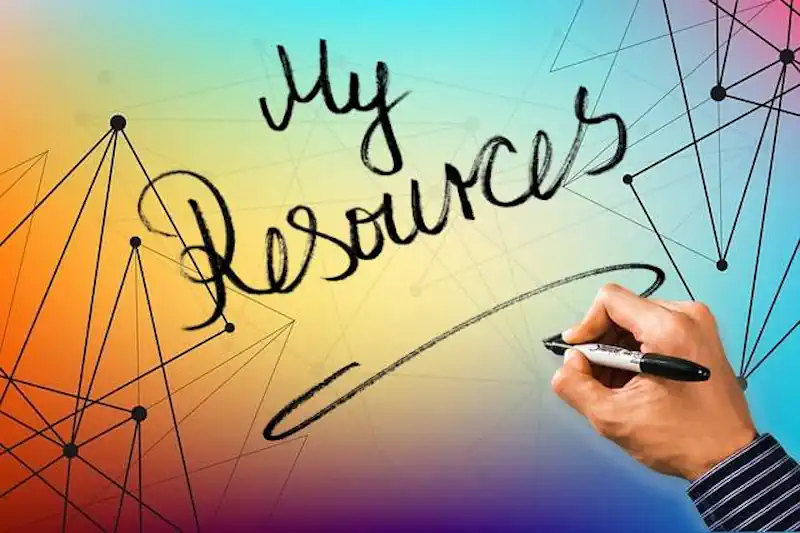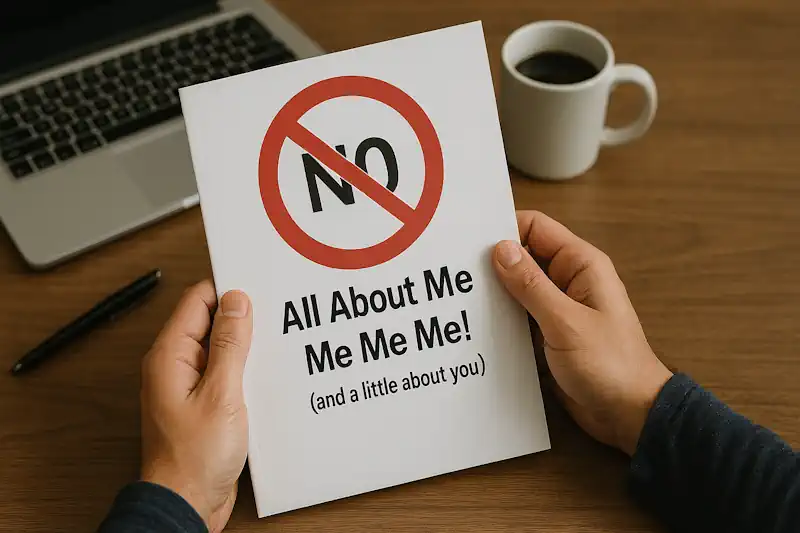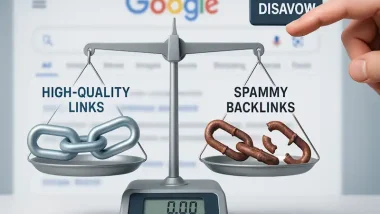Building backlinks doesn’t have to be a mind-numbing slog through endless outreach emails. I’ve discovered that creating resource guides is hands-down one of the most efficient link-building strategies that actually works in today’s competitive landscape.

After testing this approach across three different niches last year, my team saw an average 37% response rate from the websites we featured—miles ahead of the typical 5-10% you’d expect from cold outreach.
The beauty of this method? You’re not begging for links—you’re providing genuine value first. I’ve watched small blogs transform their authority scores within months using this exact approach. It works because it flips the traditional outreach model on its head: instead of asking for something, you’re giving something valuable away. And let me tell you, that psychological difference is everything when you’re trying to cut through the noise of everyone else’s link requests.
Why Resource Guides Hit Different Than Other Content
Let’s be honest—most link-building tactics feel gross. They’re manipulative, transparent, and nobody likes getting those cookie-cutter outreach emails. Resource guides, though? They’re actually useful content that serves a purpose beyond just generating links.
I remember when I first tried this approach for my fitness blog. I was struggling to get any traction whatsoever. Traditional guest posting was getting me nowhere fast.
So I pivoted. Created a massive 26-page guide to home workout equipment with detailed reviews and recommendations from various experts. Not rocket science, but comprehensive as hell.
The results shocked me. Not only did 11 of the 32 brands I featured link back within two weeks (without me even directly asking!), but the guide itself became a traffic magnet.
That’s the thing about good resource guides—they serve dual purposes.
How to Actually Create a Guide That Gets Links
The difference between a resource guide that collects dust and one that generates links comes down to execution. Here’s what separates the winners from the losers:
First, don’t half-ass your research. Seriously. I’ve seen too many people throw together a superficial list in an afternoon and wonder why nobody cares. Spend at least a week really digging into your niche.
What makes a guide link-worthy? A few critical elements:
- Genuine curation (not just listing the most popular options)
- Original insights or categorization that adds unique value
- Visual appeal that makes information instantly digestible
- Downloadable format that people can reference offline
- Comprehensive coverage that saves readers hours of research
The visual component is non-negotiable. Your guide needs to look professional, even if you’re not a designer. (I use Canva templates as starting points and customize from there—no shame in that game.)

The Outreach That Actually Works
Here’s where things get interesting—and where most people drop the ball.
You’ve made this awesome guide. Now what? Just blast out generic emails saying, “Hey I featured you!”? Nope. That’s the fast track to the trash folder.
The outreach needs to be as thoughtful as the guide itself. When I reach out, I always include:
“I’ve created this comprehensive resource guide for [audience], and after researching dozens of options, I specifically included [their product/service] because [genuine specific reason]. I thought you might want a copy since your customers might find it valuable as well.”
Notice what I’m doing there? I’m not asking for a link. I’m offering them something their customers might find useful. The link request isn’t even in the initial email.
This approach has consistently gotten me response rates between 30% and 40%. Compare that to the dismal 2-3% I used to get with direct link requests!
From Resource Guide to Authority Status
The snowball effect is what makes this strategy so powerful. Your guide gets featured on a few sites. Those features lead to more visibility. That visibility leads to more features.
Wait, isn’t this just a glorified link-bait technique? Yes and no.
Yes, you’re creating content with the partial intention of attracting links. But no, it’s not empty bait because you’re genuinely providing value. And that’s why it works so damn well.
I’ve seen this firsthand. A client in the home gardening space created a resource guide to organic pest control methods. Within six months, that single PDF had generated 47 backlinks from relevant sites. More importantly, it positioned their site as an authority hub that other content creators referenced regularly.
[Important] The authority halo effect extends beyond just the links. When people see your site referenced across multiple trusted sources, they start to view you differently.
Common Mistakes That Kill Results
I’ve coached dozens of site owners through this process, and I keep seeing the same mistakes trip people up:
The biggest killer? Being too self-promotional. If your “resource guide” reads like a thinly veiled advertisement for your own products, nobody’s going to link to it. Period.

Another fatal flaw is superficial research. In my experience, the guides that generate the most links contain information you can’t easily find by just Googling for 10 minutes.
And then there’s poor design. Look, I’m not saying you need award-winning graphics, but if your guide looks like it was made in Microsoft Word ’97, you’re shooting yourself in the foot before you even start.
The outreach timing matters, too. I’ve found that sending your guide on Tuesday or Wednesday mornings (around 10 AM local time) tends to get the highest open rates. Weird but true.
Taking It Beyond Basic Guides
Once you’ve mastered the basic resource guide approach, you can level up with some advanced variations:
Industry trend reports work beautifully. Last year, a client compiled data from 50+ sources into a “State of Remote Work Tools” guide that ended up getting referenced in a major magazine article. Talk about a credibility boost!
Comparison matrices are link magnets too. People absolutely love it when you do the hard work of comparing options across consistent criteria.
So what’s the catch? Well, this isn’t an overnight strategy. From research to design to outreach, expect to invest 15-20 hours minimum in creating a truly link-worthy resource guide.
Is it worth it? Let me put it this way: Would you rather spend 20 hours on a strategy with a 35% success rate or 20 hours on guest post pitches with a 5% success rate?
The math speaks for itself.
Your Next Steps to Resource Guide Success
If you’re sold on trying this approach (and you should be), here’s your game plan:
First, identify a genuine information gap in your niche. What do people struggle to find comprehensive information about? That’s your guide topic.
Next, go deeper than anyone else has gone. If existing resources list 10 options, you list 25 with pros and cons for each. Depth beats breadth every time for resource guides.
Then, make it visually appealing. Please. I beg you. Even if you have to hire someone for this part.
Finally, craft personalized outreach that focuses on giving, not asking.
The backlinks will follow—and they’ll be the high-quality, contextual links that actually move the needle on your rankings.

Resource guides aren’t just link-building tools; they’re relationship builders. And in this business, relationships are what separate the sites that thrive from those that merely survive.
Try it. You’ve got nothing to lose except the frustration of failed link-building campaigns.

